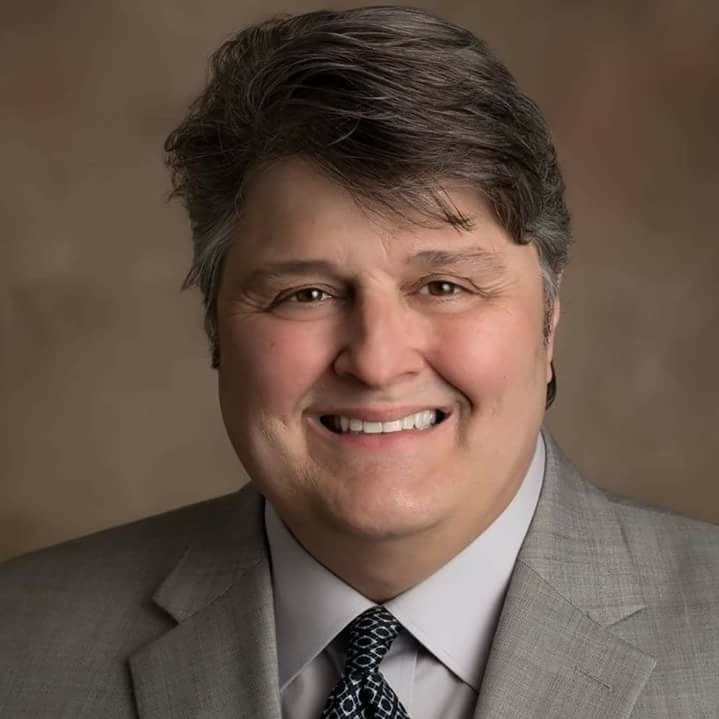SCOTUS clears way for government layoffs
- Jason Olivier, Esq.
- Jul 28
- 1 min read
The Supreme Court just issued a major decision in Trump v. American Federation of Government Employees, and while it might sound like a distant legal skirmish, the real-world impact is much closer to home than you might think.
This ruling allows the executive branch—in this case, the Trump administration—to move forward with large-scale layoffs across federal agencies. More than 1,300 employees at the State Department have already been let go, and many of them came from bureaus dedicated to human rights and foreign aid. These aren't just government jobs—they're positions tied to America's voice in the world.
Justice Ketanji Brown Jackson dissented alone. Her opinion warns that we’re seeing “an unprecedented and congressionally unsanctioned dismantling of the Federal Government.” Translation: the Court just gave the green light to fire federal workers in bulk, without Congress directly approving the action. But Justice Brown Jackson
This isn’t just a bureaucratic shakeup. It’s a moment that tests the balance between executive power and the independence of America’s civil servants. The heart of this issue isn’t red or blue—it’s whether public service can thrive without political interference. But is it political interference? Is the President the boss of the government employees? The Constitution grants the president “executive power” in Article II, Section 1, and requires that he “take care that the laws be faithfully executed” in Section 3. These clauses form the basis for presidential authority over the executive branch. Thus the theory argues that all executive power is vested in the president, meaning he has authority over everyone in the executive branch—including career civil servants.
What do you think? Dangerous precedent or obvious answer?




Comments